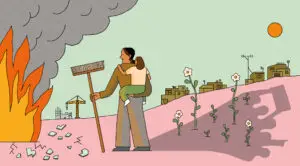
Where sun pays the bills: how a village in India is testing the limits of solar power
- Written by Aishwarya Jagani
- Illustration by Walker Gawande
As the world’s second largest carbon emitter and one of the top consumers of coal, India has a huge role to play in meeting global climate goals. Transitioning to renewable energy is one of the most important parts of the puzzle, and a village in western India is trying to lead the way.
Read this article in German in Perspective Daily.
Around 80 kilometers from Gandhinagar, the capital of Gujarat, Modhera went from being a little-known tourist spot to becoming India’s first fully solar-powered village in October last year.
In Modhera, no one pays for electricity any more. Instead, villagers look at their electricity bills every month to see how much money they’ve earned from selling solar-generated electricity to the main grid.
As part of a large-scale solar electrification project funded by the government, over 1,300 of the 1,700 houses in the village were installed with 1kW rooftop solar panels last year. Connected to a 15 mW-hour Battery Energy Storage System (BESS) located in the neighboring Sajjanpura, this system generates more than enough electricity to fulfill Modhera’s power needs.
From paying as much as Rs. 2,000 ($24) a month in electricity bills, most households now pay nothing, while many earn additional income by selling surplus electricity back to the grid.
Over 1,500 households are now almost entirely reliant on solar energy, cutting down conventional energy use from 60% to 100%, but experts have cast doubts on the replicability, financial viability and socioeconomic impact of this project. Nonetheless, the immediate impact is clearly positive.
The around 6,500 residents of Modhera are mainly potters, artisans, tailors, shoemakers and farmers – and freed from large electricity bills, they have been able to as much as double the amount of the shoes, clothes, and earthenware they produce. They have also been able to use the money saved in electricity bills: on improved education, more nutritious food, and to invest in their livelihoods.
Solar Energy Lights Up Modhera
Residents of Modhera have used the money they save on electricity bills to buy an electric sewing machine, an air conditioner, an electric pottery wheel, and more. Without high electricity bills to contend with, many of the villagers are able to afford more nutritious diets, spend more on education, and use electrical tools to sew, make earthenware, and produce handicrafts.
Land prices around Modhera have also skyrocketed, and many large land-owners have been able to sell off their land to builders for crores of rupees.
While the immediate economic impact is obvious, it is unclear whether this will have longer term benefits for Modhera, or will just be a temporary economic boost as the villagers get used to paying less for electricity.
Dr. Niti Mehta, a rural economics researcher and Acting Director at Sardar Patel Institute of Economic and Social Research in Gujarat, told Unbias The News that it is too early to comment on the impact of this project. She pointed out the importance of conducting a socio-economic impact assessment before embarking on large-scale projects of this kind.
“We’re going to have to wait a couple of years to see how this plays out. There needs to be a thorough assessment of how family incomes have been impacted by reduction of electricity bills, addition to incomes due to selling electricity to the grid, addition to incomes due to increased non-farm activity, and the employment opportunities and economic activity [this could spark].”
Dr. Niti Mehta
An expensive solution
The solar energy installation has 3 elements – a 6 mW ground-mounted solar power plant, a 15mW storage system, and 1,300 rooftop photovoltaic panels that have been installed on most of the houses in the village. The system generates about 6,332 kWh of power a day, of which about 6,000 kWh is used by Modhera, and the rest goes back to the grid, making the village a net energy-generator, the first of its kind in India.
But India’s first and only fully solar-powered village has come at a steep price – both figuratively and literally.
The solar electrification project, a joint effort by the central and state government of Gujarat, cost taxpayers a massive Rs. 80 crores ($9.7 million). It also took away prime grazing land from the nearby Sajjanpura, and has impacted the livelihoods of pastoralists in the area.
India’s entire budget for off-grid solar projects in 2023-24 is Rs. 361.50 crores. The Ministry of New and Renewable Energy (MNRE) has a total budget of Rs 10,222 crore in 2023-24. Using up the entire MNRE budget would only solar-electrify 127 Modhera-like villages.
“This project caters to the energy needs of just one village. There are more than 650,000 villages in India,” said Jaychand Shiv, Programme Director – Renewable Energy, at the Centre for Science and Environment (CSE), a public interest research and advocacy organization based in New Delhi.
“I would not say there is significant environmental impact,” Shiv told Unbias The News.
“[In the grand scheme of things], this is a very minuscule project,” he said, adding that it could still have teachings for the world. “This is a one-off model project but it can have teachings for the entire world, especially for Global South countries which still have a hard time providing energy to villages. It can show us how a renewable energy project should be designed and developed in a rural set-up.”
Jaychand Shiv
Another concern is the question of who will foot the subsequent maintenance bills associated with this solar installation? Thousands of mini solar grids in India are already lying defunct for want of maintenance funds. India’s rush to develop new solar projects may mean existing grids end up neglected and unused.
Although the solar electrification of Modhera has improved the lives of residents by providing an economic boost and improved livelihood opportunities – given the capital and land outlay, it seems unreasonable to expect similar initiatives elsewhere in India. Experts are questioning whether installing solar panels in just one village moves the needle on meeting global emissions goals at all.
Greener Pastures… for Some
Additionally, the socio-economic impact hasn’t been positive all around.
While residents of Modhera are rejoicing at the prospect of free electricity and increased land rates, less than 6 km away, pastoralists in Sajjanpura, a nearby village, feel shortchanged. The energy storage system connected to the solar panels in Modhera has been constructed in Sajjanapura, occupying 12 hectares of what was previously prime grazing land.
The loss of pastoral land means that most of Sajjanapura’s residents are now struggling with increased cattle feed costs. Many villagers are distraught at the loss of grazing land, and some have had to sell part of the cattle that make up their livelihood.
A field investigation supported by Thomson Reuters revealed that many villagers ended up selling cattle to cope with the increased cost of feeding them. This includes farm laborer and pastoralist Sunil Singh, who sold 2 of his 9 bovines. Another resident, who owns 10 buffaloes, reported that the cost of buying hay to feed his cattle is as high as Rs. 60,000 a month – and selling the milk they produce only brings in Rs. 30,000 to Rs. 40,000 a month.
Sajjanapura is home to about 1,000 villagers, most of whom belong to the Bakshi Panch community and are considered part of OBC (Other Backward Classes), an official categorization referring to traditionally lowered castes, protected by law. Cattle pastoralism is the main occupation and source of income, and landholding is low.
Energy Transition: Green, But Not Always Just
India generates the second most coal-fired electricity in the world, behind China – and any proposed shift to cleaner forms of energy, however small, is good for the environment and global climate goals.
But often, these shifts to cleaner energy come at a cost – and that cost may be too high for most developing nations, holding them back economically and pushing the most financially vulnerable people into poverty. Reducing coal use, for instance, will impact the 3.6 million people who are directly or indirectly employed in the coal mining and power sectors in the country.
Although much of the focus of global climate committees falls towards the highest carbon emitters (China, the U.S., India, Russia, and Japan), every kiloton of carbon released isn’t equal.
India is the third largest carbon emitter in the world, but one of the lowest if you consider per capita emissions. China, India and Japan also aren’t among the countries that emitted the most carbon historically, and it seems unfair for developing nations like India to shoulder a large part of the global carbon reduction burden.
India has stepped up its contributions to carbon reductions in the last few years. On August 26, 2022, two months before the UN climate summit COP27, India pledged to have renewables account for 50% of its electricity by 2030, and to get to net zero by 2070. Between 2014 and 2021, India increased its renewable energy capacity by 250%.
But thoughtless strides made towards a greener economy can often harm vulnerable communities. Although the pastoralists in Sajjanpura have been allotted alternate grazing land, it isn’t helping. Villagers say the 12 hectares used for the energy storage system was among the best grazing land – and the alternative parcels of land they have been allotted are either in Modhera, too far away to travel to everyday, or farming land, which until recently was being used by villager Vinaji Thakur to grow castor on.
Some of the new land allotted – in neighboring Chhatasna – isn’t being used because most villagers are unaware of it being declared grazing land.
Avoiding harm to vulnerable communities is one of the most important parts of a just energy transition – but it requires careful consideration and evaluation.
A holistic approach is needed
Alexander Hogeveen Rutter, an expert at the International Solar Alliance (ISO), suggested using tools such as SiteRight to site solar (and wind) projects in such a way that “minimizes the conflict with existing users.”
“Solar and storage can be built in an elevated way to allow co-uses of the land including grazing. However there is a trade-off in terms of cost vs. impact,” he added.
The Ministry of New and Renewable Energy and the District Collector’s office at Mehsana, which Modhera is a part of, did not respond to requests for comment.
Commenting on how land-intensive this project is, Shiv said, “Storage is what is making this project very expensive. Without storage, power won’t be available to the community throughout the day.”
While he considers it a good demonstration of rural solar electrification, Shiv said he didn’t think the project could be replicated across the country. “First, land is a limited resource and not every village has 25-30 acres of barren land available for [renewable energy projects]. Using grassland or agricultural land for these kinds of projects is not advisable. Secondly, it requires a huge investment. We don’t have the financial capacity to invest this kind of money across all villages in India,” he said.
Transitioning to cleaner fuels is critical, if we are to have any hope of limiting global warming to 1.5 degrees Celsius, but India isn’t ready to rely entirely on solar yet. Despite being one of the few countries in the world to receive sunshine up to 300 days a year, solar power isn’t a viable replacement for coal and fossil fuels in India yet – owing to cost, land requirement and local social concerns.
Although sunlight is plentiful with most parts of India receiving 4-7 kWh per square meter every day, Shiv, and other climate experts believe that solar power alone cannot meet India’s renewable energy needs. Shiv suggests using other forms of renewable energy, including hydropower, biogas and wind energy, in conjunction with solar energy.
Rutter echoed this, adding, “Every jurisdiction will require some combination of solar, wind, hydro, geothermal, bioenergy and tidal depending on the local resource availability.”
A more holistic renewable energy plan will need to factor in hydro and wind power, and look at developing solutions unique to each region.
As Shiv declared, “We can’t just depend on solar to power our villages.”
About the author:
Aishwarya Jagani is a freelance technology and science reporter whose work examines the human impact of technology. Her work has appeared in BBC, Wilson Quarterly, The Open Notebook, Next City, Modern Farmer and other publications.
Read more in this series:
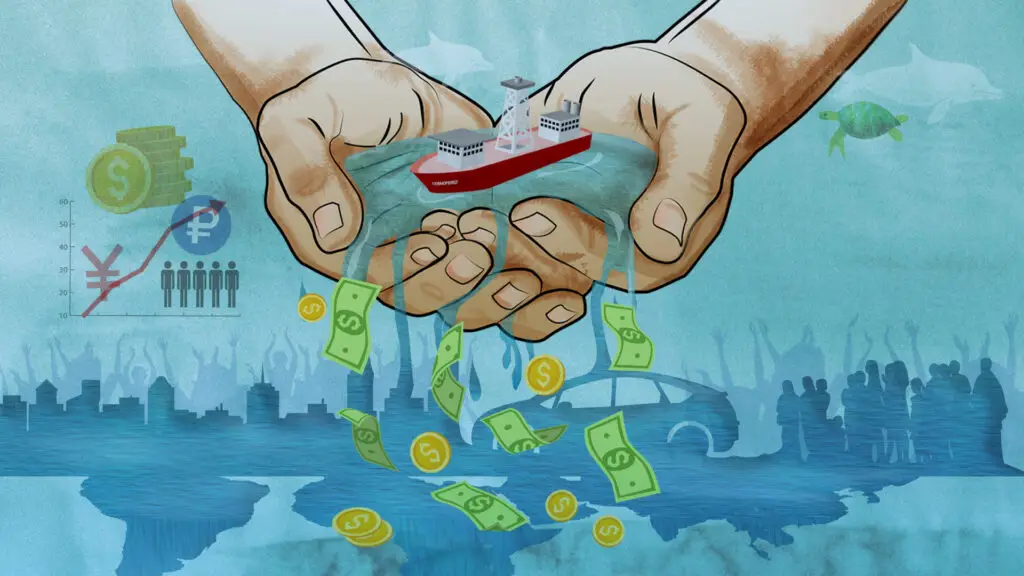
The International Seabed Authority is supposed to ensure that profits from the deep sea are shared with all mankind. But so far, a few companies seem poised to take a majority share.
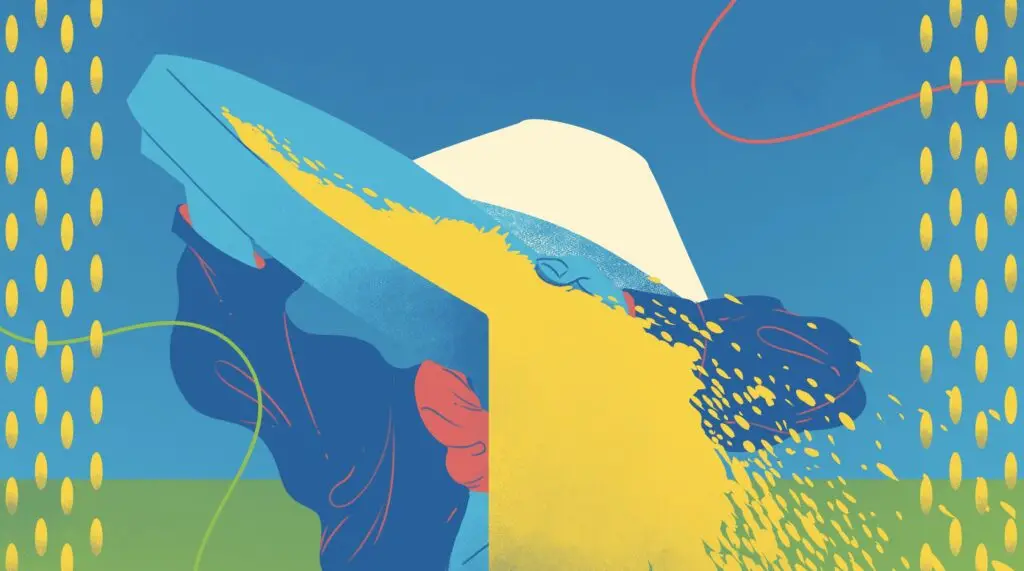
For the first time ever, large quantities of the genetically modified “golden rice” were harvested in the Philippines. It is supposed to save children’s lives. Rice farmers, nutrition experts and mothers report on their experiences.
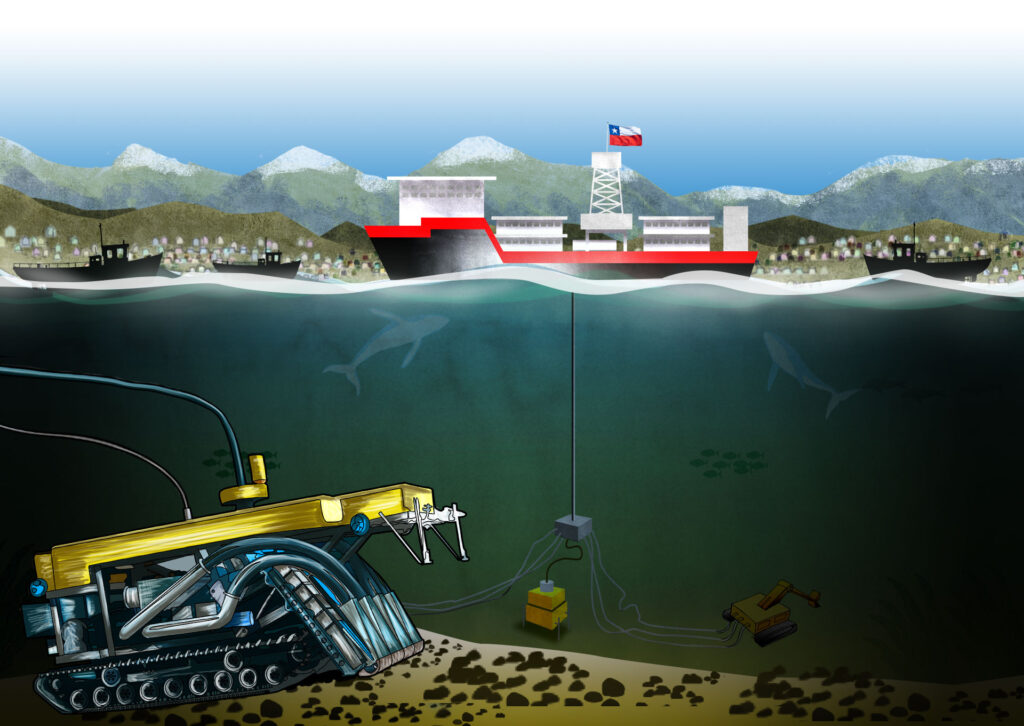
After the international negotiations on deep sea mining, it is worth asking whether this activity could be developed in the future in Chile, a mining country whose sea is almost five times larger than its continental surface. While some say that “it does not make sense”, others suggest that it could be an alternative to reduce land-based mining conflicts.

In Modhera, no one pays for electricity any more. Instead, villagers look at their electricity bills every month to see how much money they’ve earned from selling solar-generated electricity to the main grid.
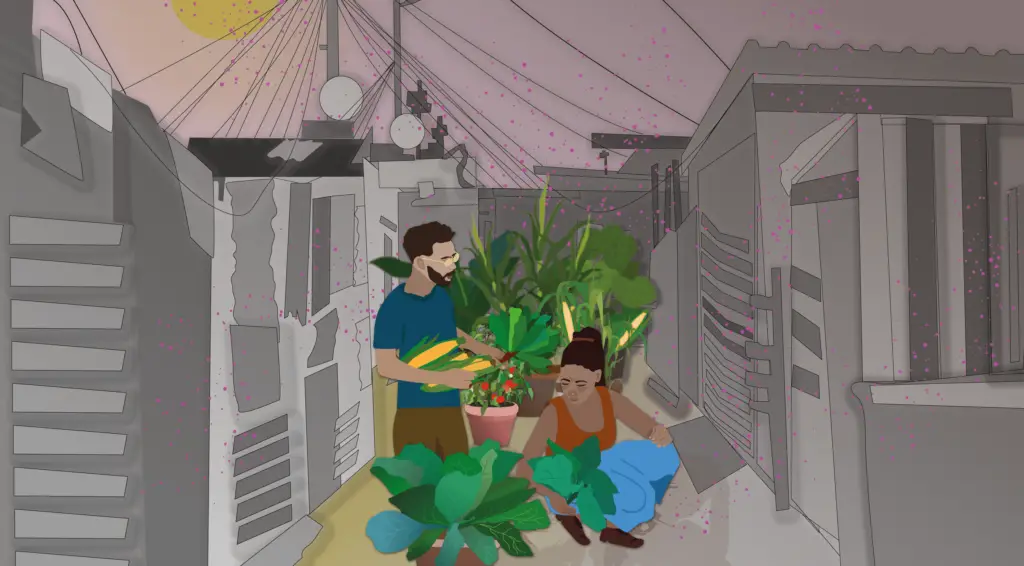
“We are farming sustainably and extremely efficiently, we use 95% less water than traditional farming, and we are net carbon negative, because we use renewable energy,”
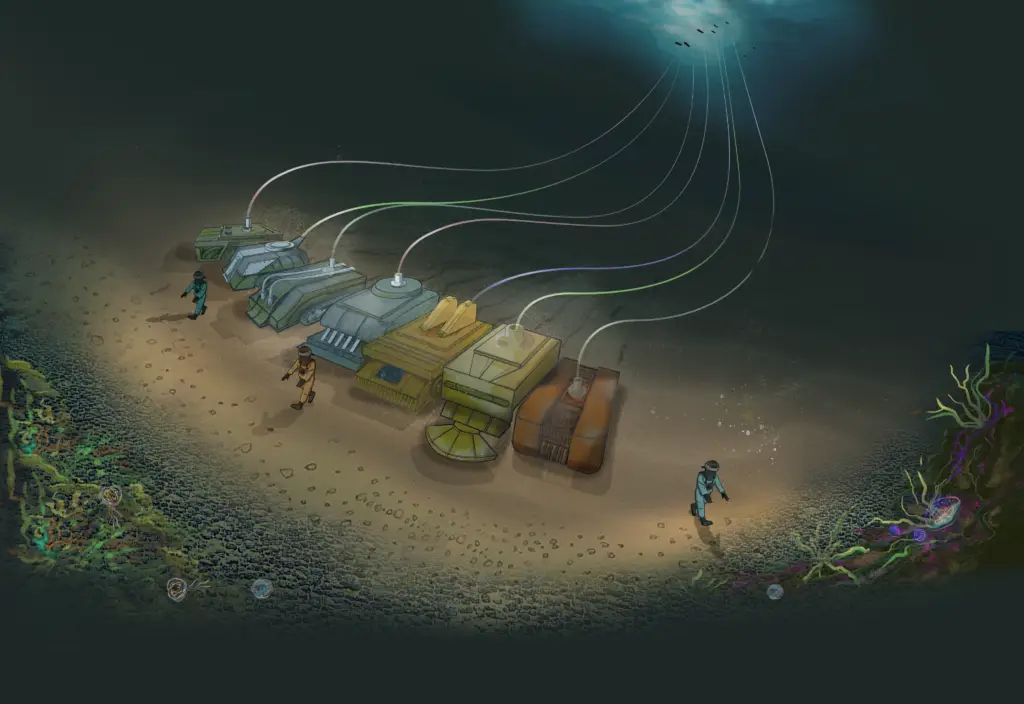
Proponents say that mining the deep seas will provide a nearly unlimited resource of valuable metals, solving the problem of where to get the materials needed for the green energy transition, with the profits shared by all mankind. However, the pressing question remains: Can we justify the costs?
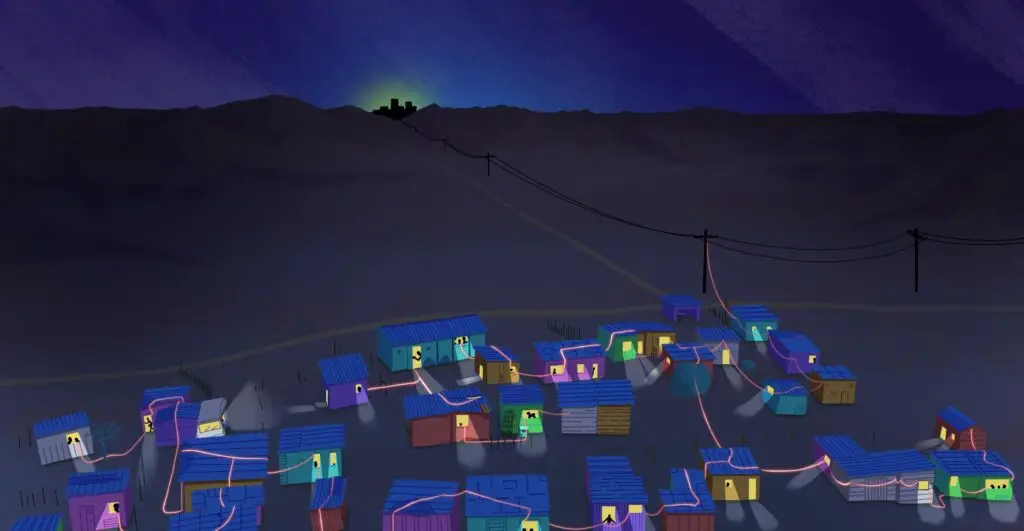
Namibia is poised to turn its sun-soaked weather into a hydrogen-fueled solution for Germany’s energy problems. But what problems will green hydrogen solve for Namibians?
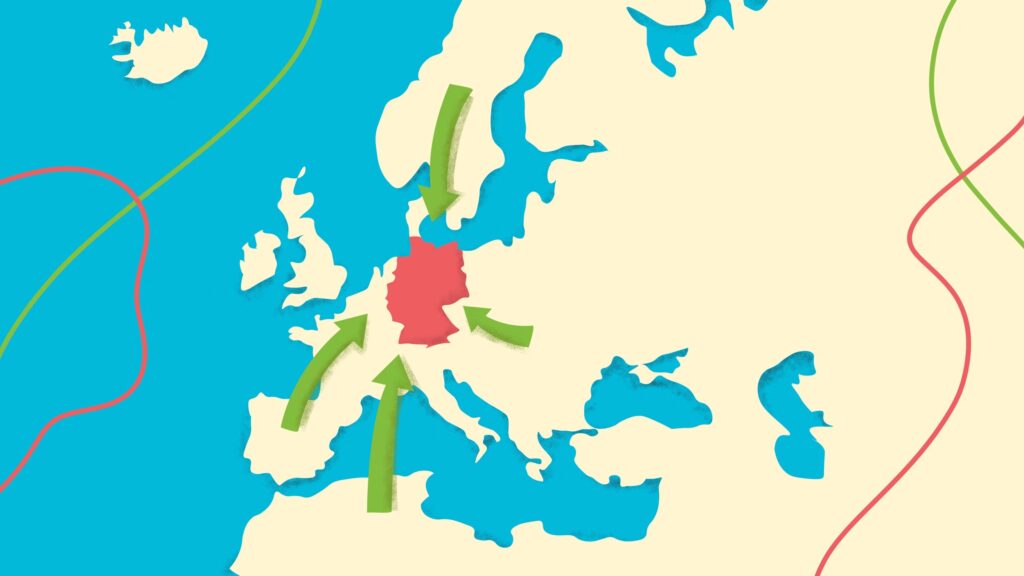
Germany already consumes more hydrogen than it produces, and leaves a significant carbon footprint. For the energy transition, the country will need to import cleaner green hydrogen, but from where?
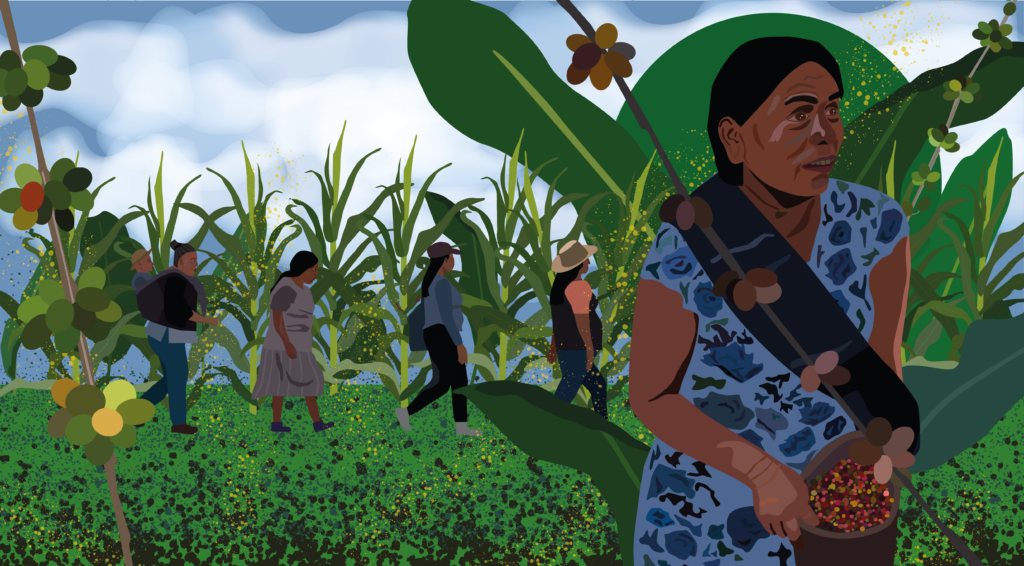
In Buenavista, every woman we talk to has some family member on the other side of the northern border. La Mixteca region in Oaxaca has some of the poorest regions in Mexico in general and migration has for decades been a strategy for families to make ends meet. As men migrate, women are often the ones passing on the knowledge as to how to grow coffee.

With the rising urgency of the Climate Crisis, green hydrogen is the shiniest newcomer in global conversations on energy production. However, with sub-Saharan African countries contributing less than 3% (0.2% for Nigeria) to global carbon emissions, the more pressing question is how the continent can harness its existing resources to sustainably meet its own energy demand for economic development and poverty reduction

This project was funded by the European Journalism Centre, through the Solutions Journalism Accelerator. This fund is supported by the Bill & Melinda Gates Foundation.




